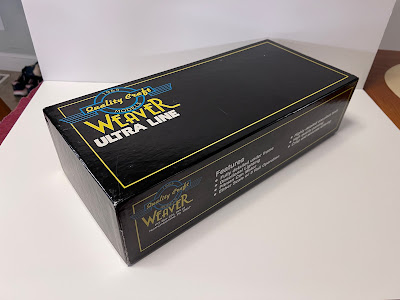 |
| Caboose X-181 “The Hutch” |
It was known as “The Hutch”. Officially Great Northern Railway Caboose X-100/X-181. Built in the Waite Park, MN Shops in 1953. It was conceived to carry less than car loads of freight on rural branch lines. Even though it operated for over 30 years on rural Minnesota lines it must not have been deemed a success for no others were built.
It spent most of its life on the Hutch Spur, or Lester Prairie turn, working the branch line to Hutchinson, MN. Working from Lyndale Yard through Wayzata, Mound (where the line served the Tonka Toys factory), Spring Park, St. Bonifacius, Mayer, New Germany, Lester Prairie into Hutchinson. The line was removed in the nearly 2000’s. But many remnants of the line remain.
I myself live in one of the settlements on the route. So it’s natural to want to recreate a model of something that in it’s time was a daily visitor to the town.
The prototype looks like a modellers “kit bash” of sorts. A caboose and baggage car on an extended chassis. That’s pretty much what it is. The underframe is from a 50’ fish belly Great Northern boxcar from the 1920’s. Standard 25’ caboose and baggage car plans were used for the construction of the body.
GNHS data sheet number 132 details the history of the car with drawings. The vehicle is also preserved and many photographs of it exist on the internet.
It would be nice if the project could be as easy as it appears. Especially if a suitable donor caboose could be found. The lines of the prototype seem quite simple, square and perpendicular, so shouldn’t provide too much of a challenge. Now if there’s a fish belly box car, and baggage car out there too…
















































